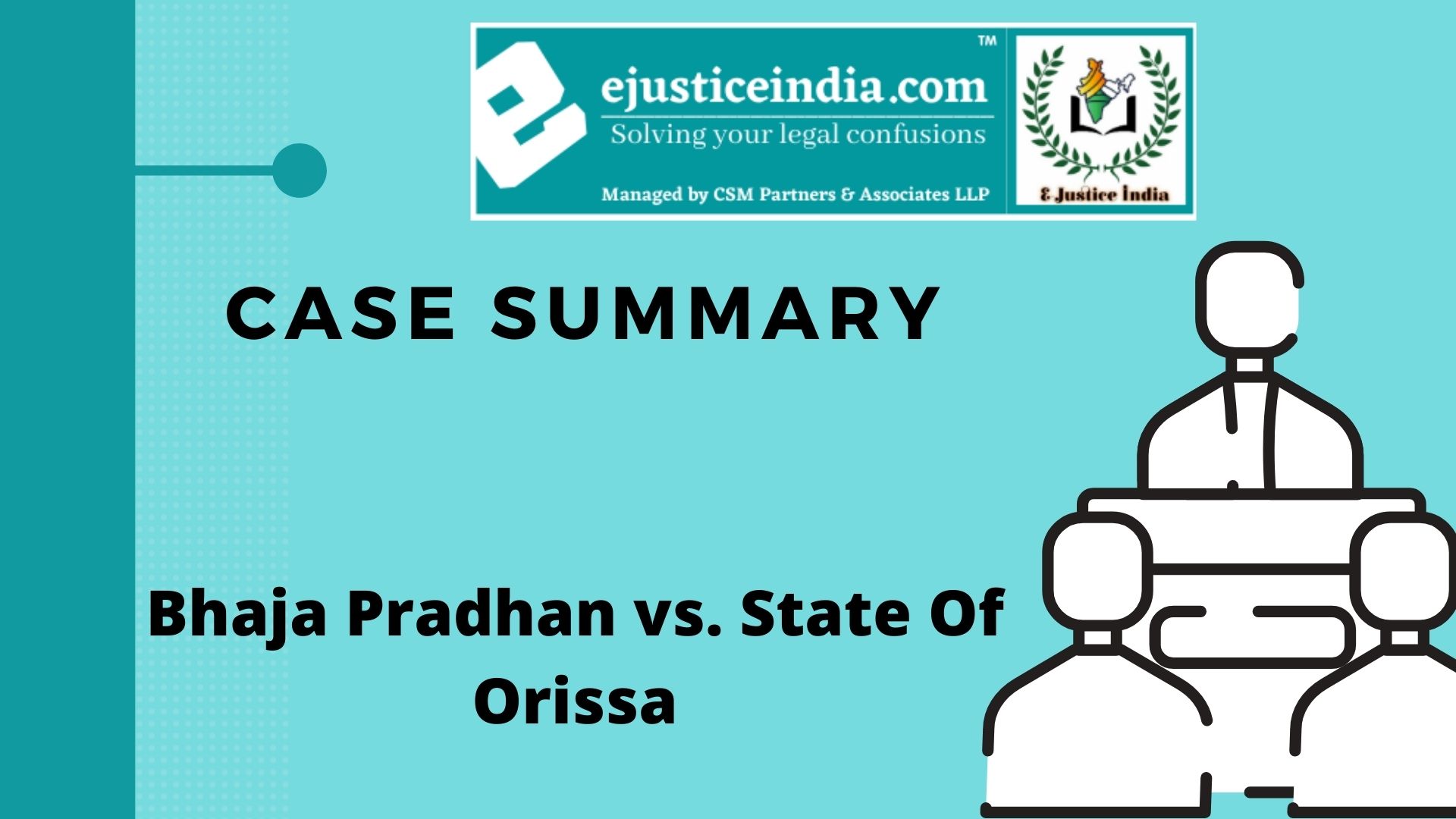Case Summary : Atmendra v. State of Karnataka
Atmendra v State of Karnataka
Case Summary
Author : Ishita Arora
Citation: (1998) 4 SCC 256
Bench: Justice M.K. Mukherjee and Justice Syed Shah Quadri.
Introduction
This case presents a glaring example of how a man getting enraged by trivial things has committed the most heinous crime of murder of the nearest relative. In this case, plucking coconuts from disputed tree ended up in the death of a person.
In the present case, an appeal was filed by Atmendra, the appellant against the judgement of conviction and sentence of life imprisonment by the Karnataka High Court for killing/shooting his uncle with the help of a gun.
Facts of the case
In Atmendra v. State of Karnataka case, plucking coconuts from disputed tree ended up in the death of rival claimant Ashok Hedge, the uncle of the appellant and the real brother of Ganapati, a practising advocate.
The brothers were living in adjacent houses. At the backyard of their houses, there was a disputed coconut tree and till their claim of ownership was settled, each was permitted to take the coconuts falling on the side of the backyard of his house.
On October 30, 1986 at about 11.00 Ashok, his wife Vijayalakshmi and servants were in his house. They noticed that Vittal Bhandari was plucking the coconuts and throwing them down, while the appellant and his father were standing. Ashok, his wife and servants came out on hearing the noise of falling of the coconuts and questioned Bhandari as to why he was plucking the coconuts.
While having a conversation, Ganapati instigated the appellant to finish Ashok stating that he had become arrogant and then appellant fired a shot from the gun, which resulted in instantaneous death of Ashok, the deceased. The appellant and Ganapati were charged and tried for the offences under Section 302 read with sections 34, 114 IPC and Section 27 of the Indian Arms Act.
Issues and facts of law
1. Whether the appellant has the defence of accident under section 80 of IPC?
Judgement
The court said that there are many reasons for why the defence of gun getting fired accidentally cannot be believed.
First, though the plea of defence of accident is a complete answer under Section 80 of the IPC, it is not attracted to the facts of this case. Section 80 says that if anything is done by accident or misfortune it would not be an offence. To claim the benefit of this provision it has to be shown:
(1) that the act in question was without any criminal intention or knowledge;
(2) that the act was being done in a lawful manner by lawful means; and
(3) that act was being done with proper care and caution. Also, the fact that appellant fired at the deceased at the instigation of late Ganapati intentionally is irresistible; as such the first requisite of section 80 would be lacking. Secondly, the reeper said to have been swung by the deceased at the appellant, as spoken to in his statement under Section 313, Cr.P.C., was not found at the scene of the occurrence.
The defence of the appellant was that the deceased swung the reeper at the appellant and as he was turning to avoid the blow the gun also turned in the same direction on account of which the reeper touched the hammer of the gun which went off and hit the deceased.
It was found that the trigger was within a semi-circular metallic cover and that the hammer got released when the trigger was pulled and that the occurrence of hammer hitting the trigger was impossible.
The appeal, therefore, failed and it was accordingly dismissed.



Like!! I blog frequently and I really thank you for your content. The article has truly peaked my interest.